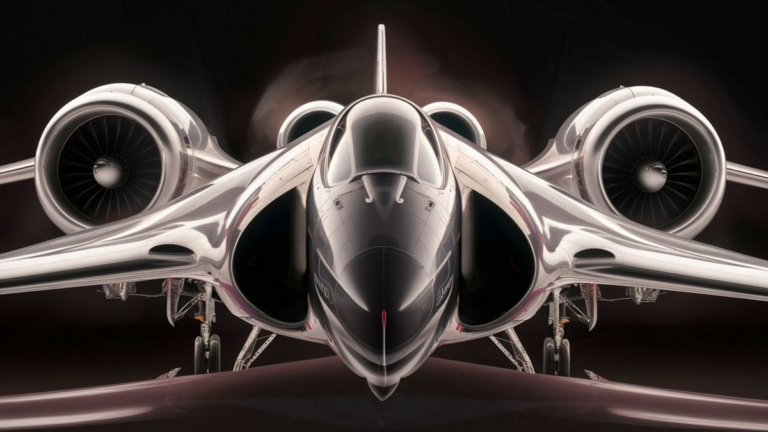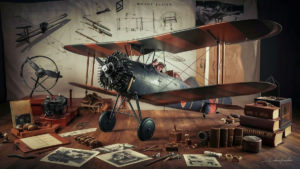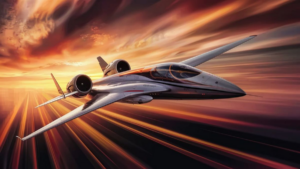When it comes to the pinnacle of speed in aviation, the question “what is the fastest aircraft?” naturally arises. In the realm of aerospace engineering, speed has always been a driving force, pushing the boundaries of what is possible and redefining our understanding of velocity and aerodynamics.
The Need for Speed
Throughout history, the quest for speed in aircraft has been fueled by various factors, including military necessity, commercial competitiveness, and technological advancement. The ability to travel faster than the speed of sound has revolutionized both military tactics and civilian transportation, shrinking the globe and making distant destinations more accessible.
Supersonic Era
The dawn of the supersonic era marked a significant leap forward in aviation technology. The iconic Concorde, jointly developed by the British and French aerospace industries, captured the world’s imagination with its sleek design and unprecedented speed. With a maximum cruising speed exceeding Mach 2 (twice the speed of sound), the Concorde became synonymous with luxury air travel and set the standard for supersonic passenger jets.
Military Supremacy
While commercial airliners like the Concorde pushed the boundaries of civilian aviation, military aircraft have always been at the forefront of speed innovation. Fighter jets such as the Lockheed SR-71 Blackbird and the North American X-15 have achieved staggering speeds, reaching Mach 3 and beyond. These aircraft were not only marvels of engineering but also crucial assets in reconnaissance and defense.
Modern Marvels
In the 21st century, technological advancements continue to drive the development of faster and more efficient aircraft. The Lockheed Martin SR-72, often dubbed the “Son of Blackbird,” aims to surpass its predecessor with a projected top speed of Mach 6, making it the fastest aircraft ever built. Utilizing advanced propulsion systems and aerodynamic designs, the SR-72 represents the cutting edge of hypersonic flight.
Unmanned Speedsters
Additionally, unmanned aerial vehicles (UAVs) have emerged as platforms for high-speed experimentation. Vehicles like the Boeing X-51 Waverider have demonstrated the feasibility of sustained hypersonic flight, paving the way for future reconnaissance and strike capabilities.
Experimental Prototypes
Experimental aircraft, such as the NASA X-43A and the HYPERSOAR, continue to push the boundaries of speed and maneuverability. These prototypes serve as testbeds for new propulsion technologies and aerodynamic concepts, laying the groundwork for the next generation of high-speed aircraft.
In conclusion, the question “what is the fastest aircraft?” encompasses a rich tapestry of technological innovation, military prowess, and human ingenuity. From the iconic Concorde to the cutting-edge SR-72, the quest for speed continues to drive progress in aerospace engineering, shaping the future of flight.
Speed in Commercial Aviation
Commercial aviation has always been driven by the need to transport passengers and cargo quickly and efficiently. Speed is a crucial factor in airline competitiveness, with faster aircraft allowing for shorter flight times and increased route options.
Efficiency and Speed
Efficiency is closely linked to speed in commercial aviation. While faster aircraft can complete journeys more quickly, they also consume more fuel. Finding the right balance between speed and fuel economy is essential for airlines to remain competitive while minimizing environmental impact.
Frequently Asked Questions
Here are some common questions related to the topic of fast aircraft:
| Question | Answer |
|---|---|
| What is the fastest manned aircraft? | The Lockheed SR-71 Blackbird holds the record as the fastest manned aircraft, capable of reaching speeds exceeding Mach 3. |
| Are there any civilian supersonic aircraft? | While the Concorde was the only civilian supersonic aircraft to enter commercial service, there are ongoing efforts to develop new supersonic passenger jets. |
| What is the future of hypersonic flight? | Hypersonic flight holds the potential for ultra-fast travel and advanced military capabilities. Research and development in this area continue to progress, with various countries and companies exploring hypersonic technologies. |
See also:






